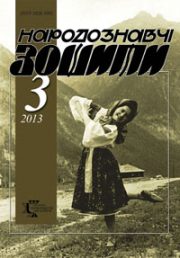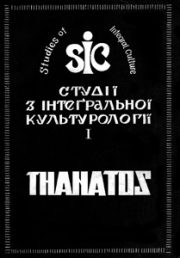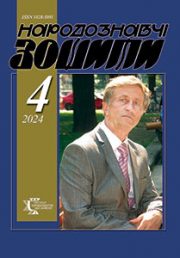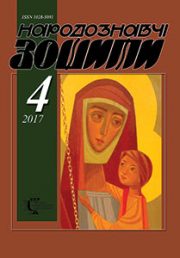The Ethnology Notebooks. 2019, 1 (145), 214—220
UDK 7.091
DOI https://doi.org/10.15407/nz2019.01.214
THE ROLE OF DOCUMENTARY FILM IN PRESERVATION AND VALORIZATION OF FOLK ART
OLARJESKU Dumetru
ORCID ID: https://orcid.org/0000-0001-9651-5364
Associate Professor,
Doctor of Arts, Film Director
Institute of Cultural Heritage, ASM
Bd. Stefan cel Mare єi Sfоnt,1, MD-2001, Chisinau,
Republic of Moldova
Contacts: e-mail: oldumi60@gmail.com
Abstract. Thanks to performing techniques and technologies, today it has become the most complex and deepest way of expressing reality. Thus, the films dedicated to the folk art have the opportunity to capture the audiovisual complexity of this phenomenon, its dramaturgy, the unusual attitude of the protagonists (dancers, interpreters), the chromatic, the graphics and the cost of the clothing, the unrepeatable ornaments (in stone, wood, carpets) other aspects of our national identity, which only the film is able to fix in all their integrity, capitalizing on them and preserving their image for the future — an important fact today in the process of globalization.
The naivety, the spectacular, the exotic and the mystery of the folk art, as well as its messages full of meaning and wisdom, tempted the filmmakers of all times and all tastes. As an argument — the films devoted to the various genres of folk art, created by the filmmakers Emil Loteanu, Vlad Iovita, Anatol Codru, Vlad Druc, Ion Mija and others.
Keywords: film (documentary), moldаvian film industry, valorization of traditions, folk dance, folk art, ethnographic /choreographic phenomena, cultural heritage.
Received 2.01.2019
REFERENCES
Kernbach, V. (1995). Dictionary of General Mythology. Bucharest: Albatros [in Romanian].
Eliade, M. (1991). Solilocvii. Bucharest: Humanitas [in Romanian].
Ilieshiu, S. (2012). The narrativity of the film image. Iasi: Junimea [in Romanian].
Valйry, P. (1989). Poetry. Dialogues. Poetics and aesthetics. Bucharest: Universe Publishing House [in Romanian].
Moraru, A., (2013, june 6). Romanian National Ethnography in the Context of Communist Totalitarian Policy in Literature and Art [in Romanian].
Clastres, P. (1980). Ethnocide «Research of Political Anthropology». Paris: Seuil Publishing House [in Romanian].
Noverre, J-G. (1967). Letters about Dance and Ballet, Trad. by Yon Yanegic. Bucharest: Muzical Publishing House [in Romanian].
Faure, E. (1971). The Functions of the Cinema. French Translation by Yon Carayon. Bucharest: Meridiane [in French].
Vulcanescu, R. (1985). Romanian mythology. Bucharest: Publishing House of the Academy of the Socialist Republic of Romania [in Romanian].
Ginot, I., & M. Michel. (2011). Dance in the 20th Century. Bucharest: Art Publishing House [in French].







